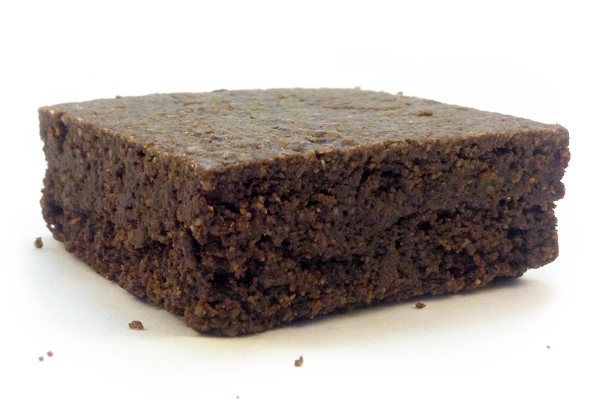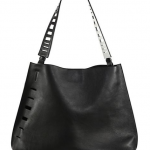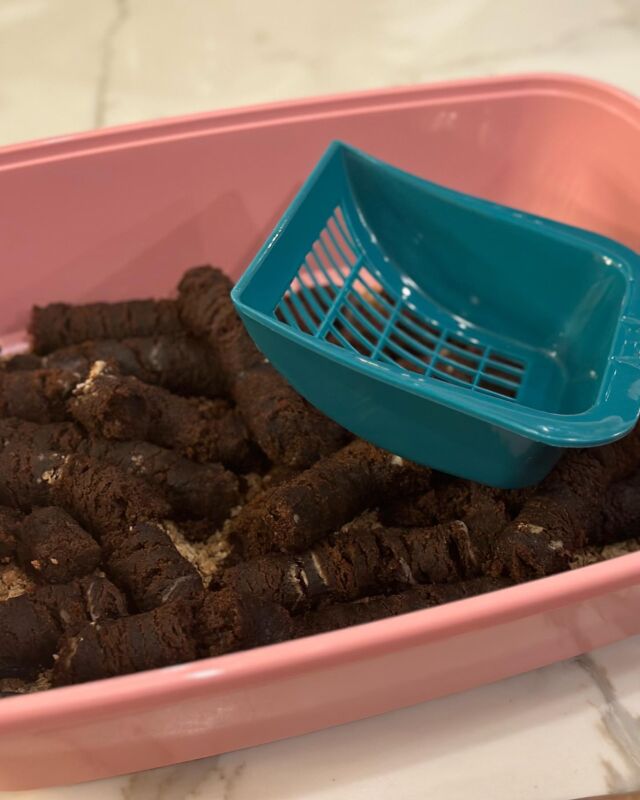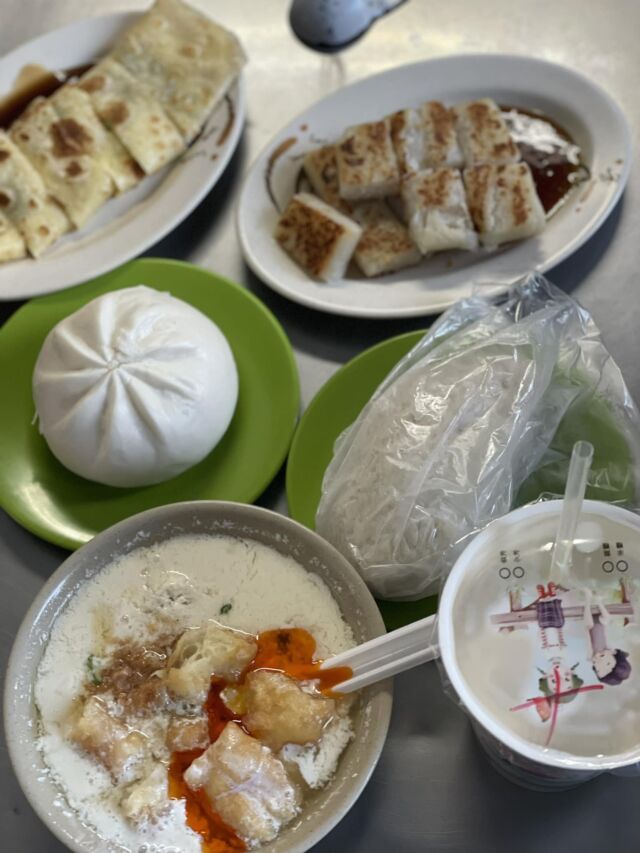 A raw-vegan, gluten-free completely unprocessed brownie from One Lucky Duck
A raw-vegan, gluten-free completely unprocessed brownie from One Lucky Duck
As anyone who has ever made the choice between buying a $2.99 box of Oreos or a $7 raw-vegan, gluten-free rainbow cookie can tell you, eating healthy food that satisfies isn’t always easy on a budget. Here are a few things you can do to eat well without spending a fortune.
Buy in Bulk
Stores like Costco aren’t just for toilet paper and pizza bagels. These chains stock a ton of fruits, vegetables, lean protein and healthy snacks like hummus and nuts.
Replace Your Drinks with Water
Swap your lattes, sodas and cold brew for tap water (which can easily be flavored) or tea.
Buy in Season
Shop for in-season produce to ensure the freshest, most delicious quality at the best prices. Locally grown and farmer’s market products are your best options since you’re not paying for the added cost of warehousing and shipping.
Buy Frozen
While it’s rare to find healthy, frozen, ready-made meals (even the ones that advertise themselves as such tend to be loaded with sodium and additives), produce can easily be shopped from the frozen food aisle. In fact, many fruits and vegetables are more nutritious when purchased frozen as they are picked at peak ripeness and immediately packaged, whereas fresh produce is picked earlier and can lose nutritional value and flavor during transport.
Pay Attention to Where You’re Shopping
If you can, always opt for chains like Trader Joe’s over gourmet markets. Most of these stores offer great value, while stocking ample organic and healthy snacking choices.
Look for Private Label and Sale Items
Many grocery stores, like Whole Foods and Shop Rite, offer healthy private label options which offer excellent value. Also, keep an eye out for specials and sales for more cost-effective items.
Sign Up for Newsletters
Get on the list! Many gourmet shops like One Lucky Duck and Blue Mountain Organics frequently email out sale alerts on select products.
Grow Your Own Herbs and Sprouts
Basil, parsley, chives…these are all things that you can very easily grow yourself. Not only will it cost you next to nothing, herbs and sprouts require very minimal upkeep and grow quickly.
Eat Off the Clean List
Organic is always going to be ideal, but just because it’s outside of your price range to consistently buy organic doesn’t mean you have an excuse to cut back on fruits and vegetables. Instead, try to avoid the dirty dozen while loading up on the clean fifteen; meaning you’re staying away from foods with the highest amounts of residual pesticides and consuming those with the lowest (in other words, these are the ones you don’t need to buy organic).
Join a CSA
One of the best ways to support local farmers and eat in-season on a budget is to join a CSA (Community Supported Agriculture). Basically you sign up and receive weekly shares of food from a particular farm, or groups of farms, in your area. You pick up your share each week at a designated spot. Also note that certain CSAs offer sliding-scale prices for lower-income individuals and there are a growing number of them. See here for more information.
Invest in Equipment
If you have the means to shell out money up front, invest in healthy gadgets like a blender and a dehydrator so you can easily make your raw desserts and green smoothies at home for a fraction of the cost. Check out some recipe ideas here.
Opt for Potlucks Over Dinner Out
Just because you’re on a budget doesn’t mean you should sacrifice socializing. Organize a potluck and stress a health-focused theme for everyone’s dish.








